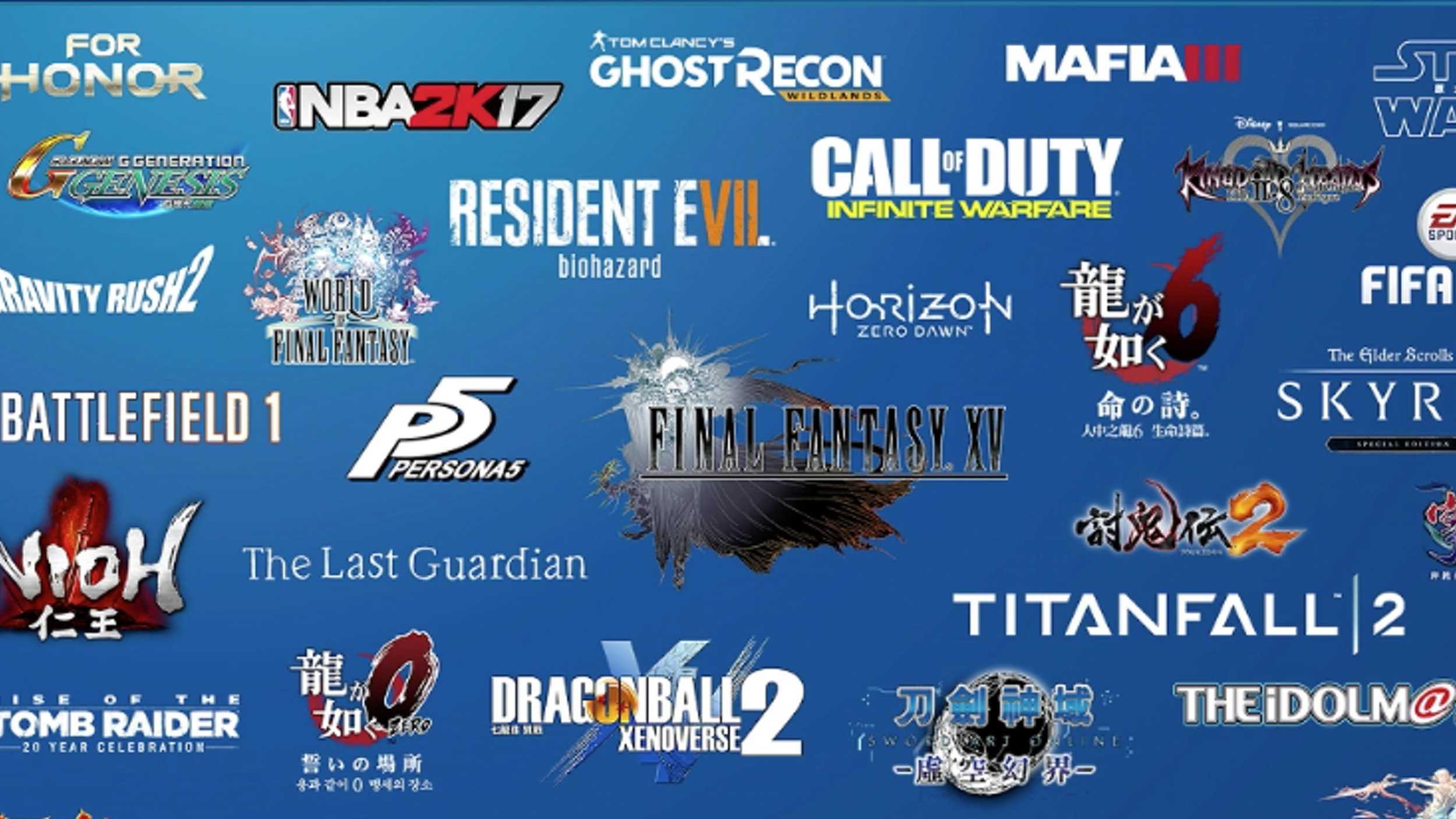Sequels, whether large or small, tend to play it safe. By doubling down on proven gameplay mechanics and following a much safer narrative through-line, sequels can easily become just as beloved as the games they follow. God of War Ragnarok, however, upends this tradition; and enforces its own rules by doubling down, instead, on what made God of War (2018) unique: it’s masterful adaptation of an already-extremely ambiguous mythos. The title beckons fans to explore, deeply and passionately, the throws of what it means to have a destiny; question the implications of having your story already written; and, ultimately, tells a sincerely original tale closely woven with the mysterious nature of the many myths and legends the game is based on. To experience God of War Ragnarok is to be witness to a masterclass in exceptional development and design.
With the above in mind, Fantasy Fatherhood Simulator 2022 does, in fact, play it a tad safe when it comes to the way in which the game slowly introduces players to the original story at hand. The first six hours will be immediately familiar for gamers joining the experience after the excellence of the 2018 title; and will recognise many locations as well as the standard fanfare in terms of combat and story. In this sense, God of War Ragnarok opens into a wintery cave, with the titular character hulking over a fire as he carves more arrows for his son. On queue, Atreus [or Loki] casts a striking horned silhouette [seemingly as a nod to the Marvel Cinematic Universe and its modernisation of the trickster god’s horns] as the visibly older boy carries the carcass of a deer into view. The game immediately introduces players to a new way of traversal (via sled), and quickly reintroduces Freya, now obsessed with vengeance, before taking players to Kratos and Atreus’ home in the woods where Mimir awaits.
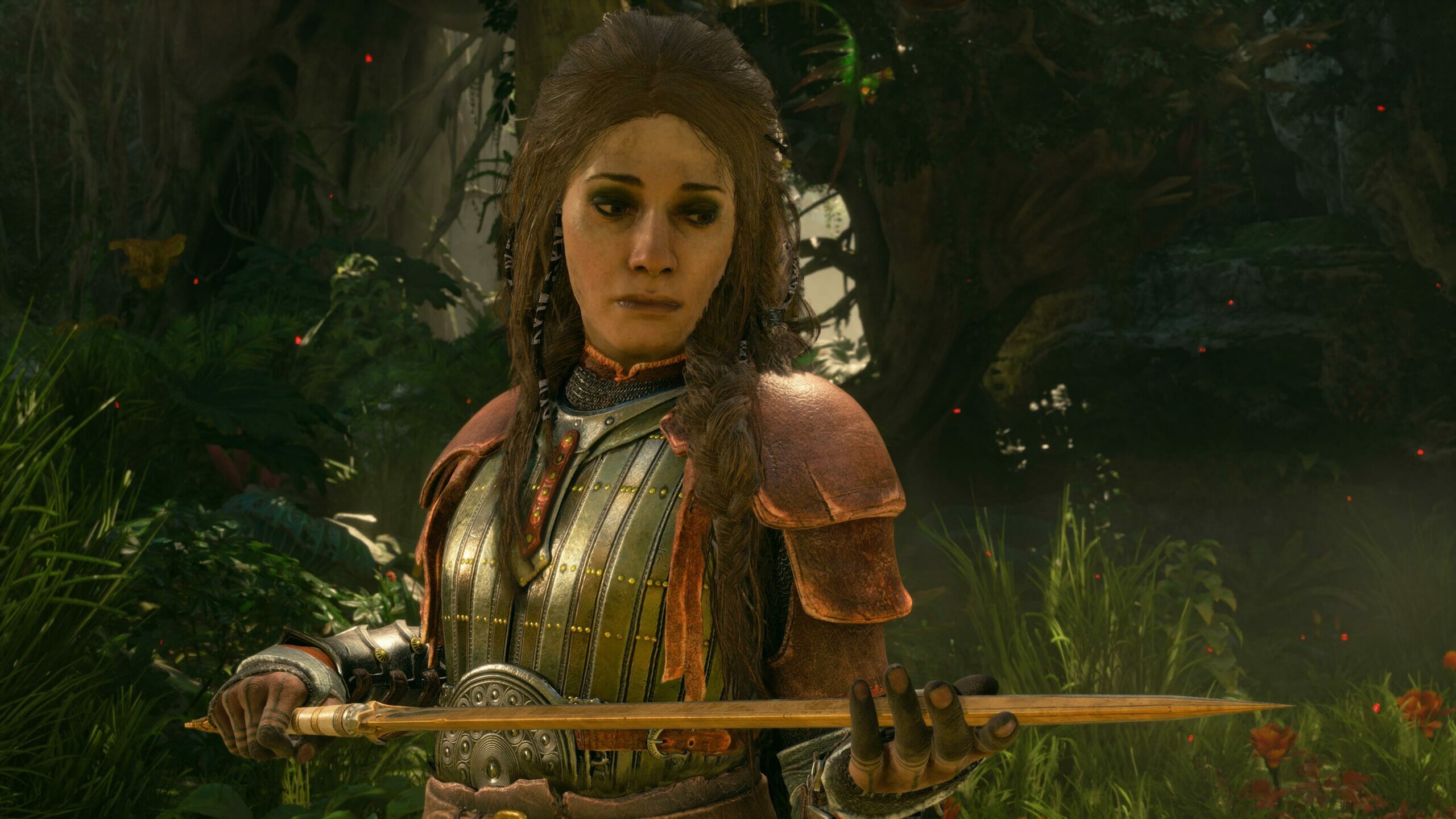
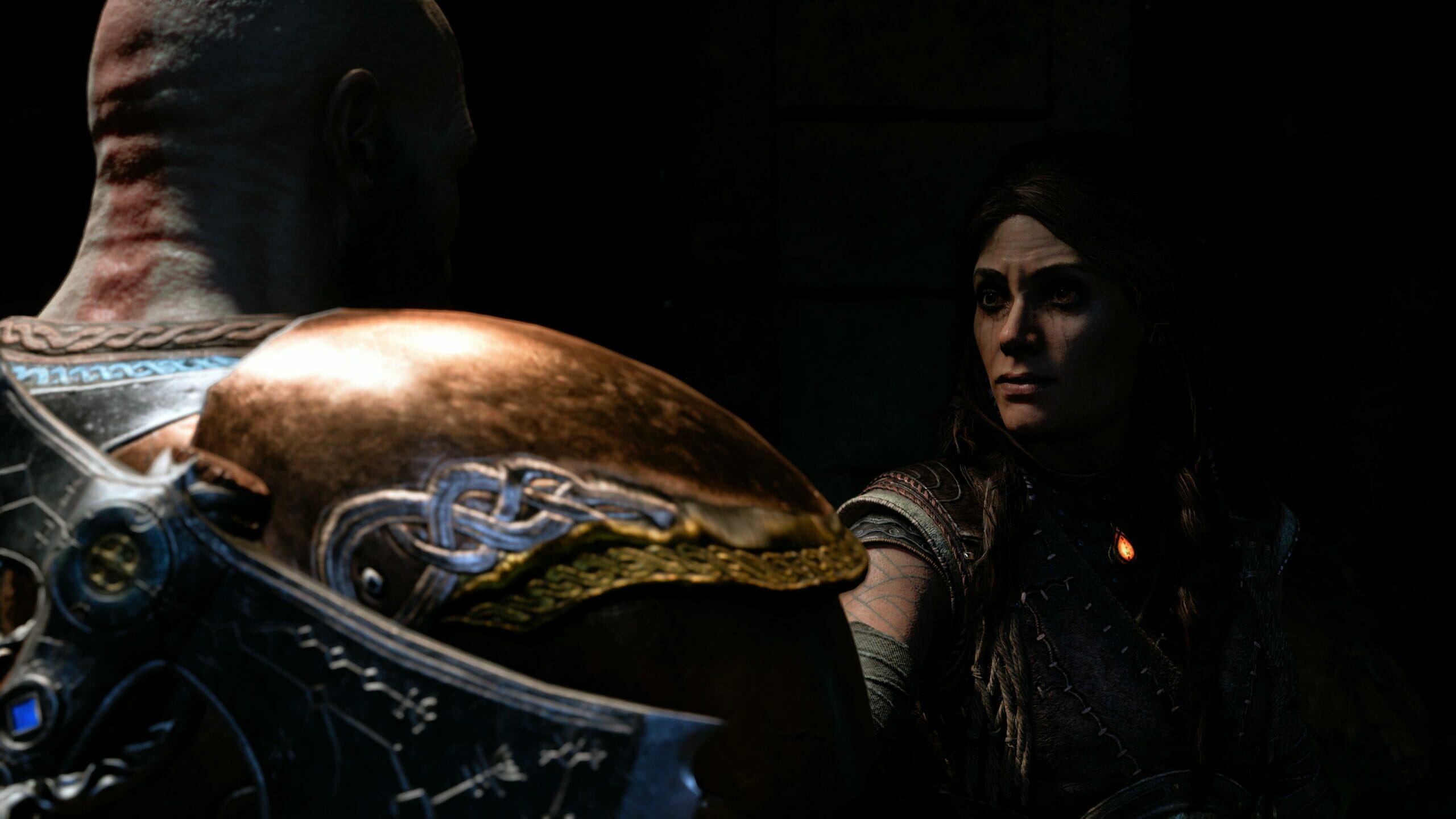
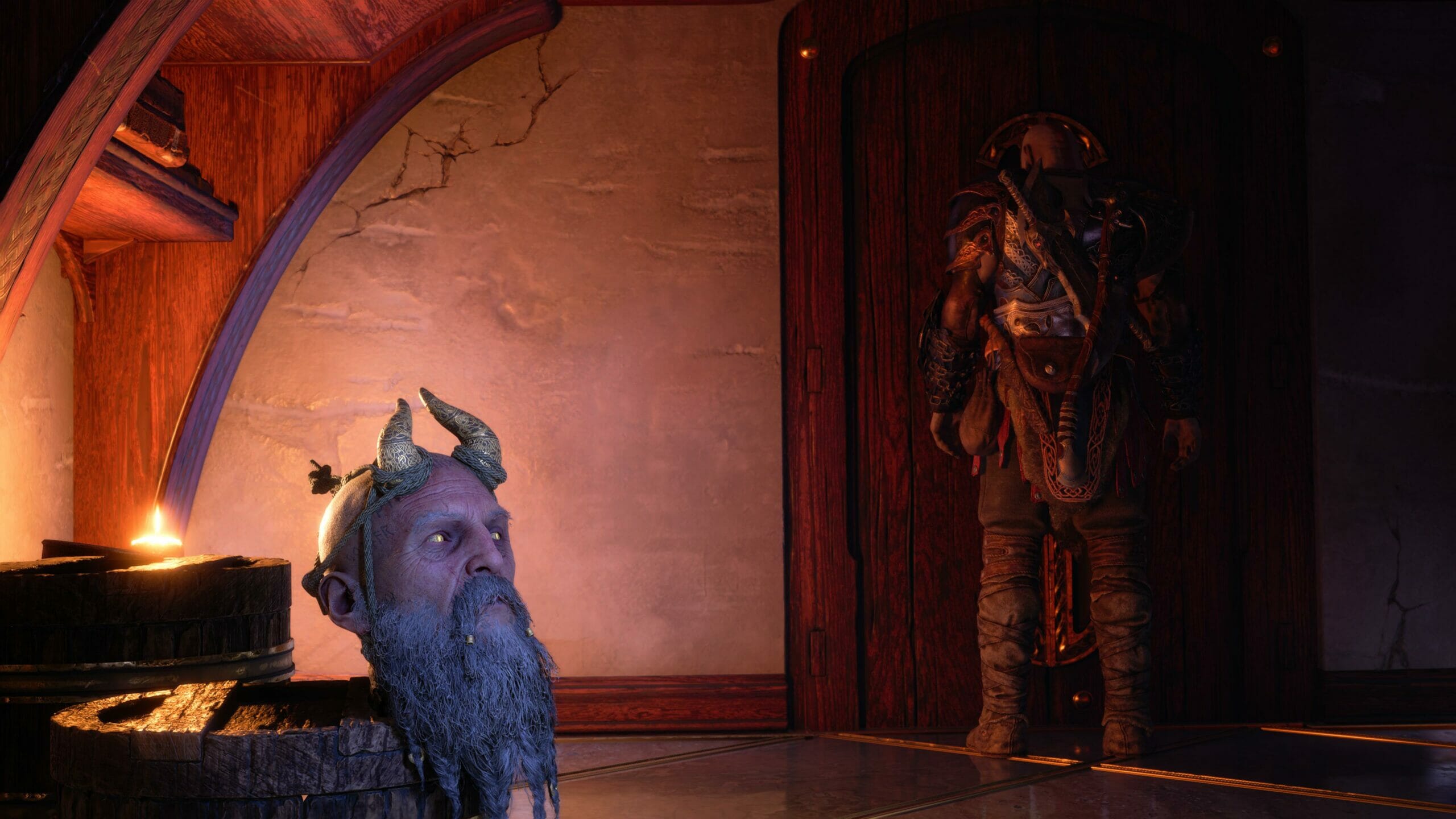
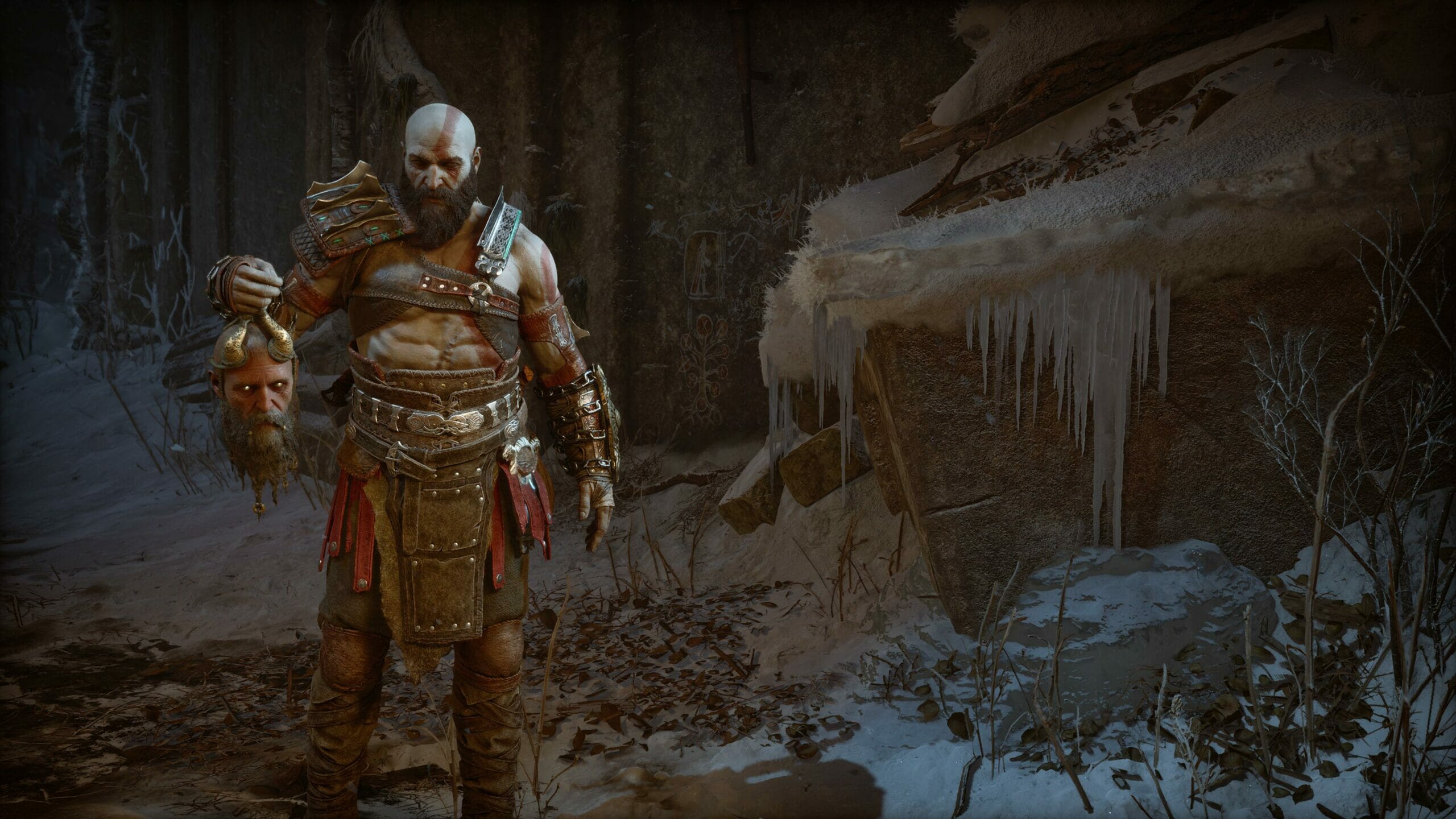
The dynamic duo of ‘angry father and inquisitive son’ have grown relaxed in the three years following the events of the first title. Kratos and Atreus now enjoy a much more cooperative relationship, with fewer secrets and more respect between the two. This more openly loving relationship does not come without its faults, however, and cracks quickly begin to show when Atreus questions the destiny his mother and her people foretold. Kratos, who would rather live in hiding than risk his son’s life, directly contradicts the wishes of his son, who wants to get to the bottom of the Jötnar’s (Giants) many prophecies of Ragnarök – an event foretold to be so cataclysmic, it serves as both the end, and start, of everything. A heated conversion concludes with Atreus leaving (and real, player tears being shed) to finish up a personal errand while Kratos heads inside their home.
This split between father and son is a clever way of introducing players to a new way of experiencing the sequel. Contrary to God of War (2018), God of War Ragnarok sees both Kratos and Atreus travel alone, and with other companions. Santa Monica Studio set out to deliver a reinvigorated, yet intimate and introspective, experience for all characters involved. Kratos beckons Mimir’s counsel while Atreus finds solace in his friendship with the loveable germaphobe, Sindri. Other characters, too, are undergoing personal journeys and mental battles as they struggle to come to grips with what life has in store for them. It comes as a surprise, yet it is also completely within reason, how so much of the pre-release marketing trailers have been edited extremely cleverly. On one hand, subtleties hidden in trailers hinted toward characters arcs and events that are, truly, game changing. The characters are truly what makes God of War Ragnarok great, but it goes without saying how the game would not be considered masterful if it did not also come with gameplay to support that standing.
General gameplay will make any players coming from God of War (2018) feel right at home. Combat once again relies on a mixture between slow and steady axe fighting, and quick and unpredictable whip action from Kratos’ Blades of Chaos. Shooting out combos between heavy and light hits, as well as the skill tree, all make a return. This time, however, Santa Monica Studio has doubled down on these facets of gameplay. Kratos’ shield now serves as an additional weapon, featuring its own upgrade paths and stat sets. Enchantments also make a return, but this time by way of worn accessories; and companion armour are now nothing more than a cosmetic change players can make as the story progresses. These changes all serve to aid in streamlining the admittedly tedious character progression from the previous game, while maintaining a good balance for those players who like to min/max to the best of their abilities.
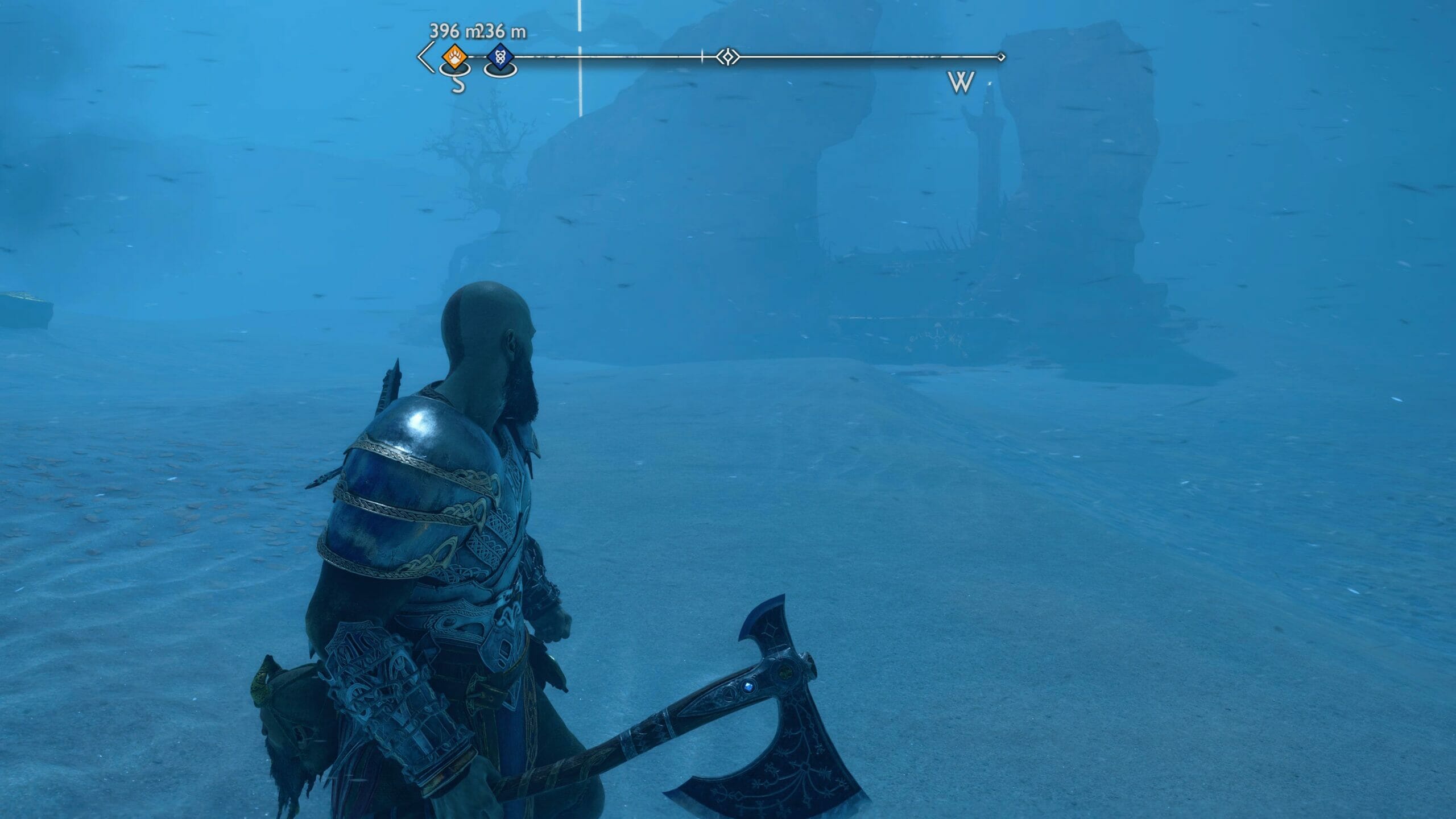
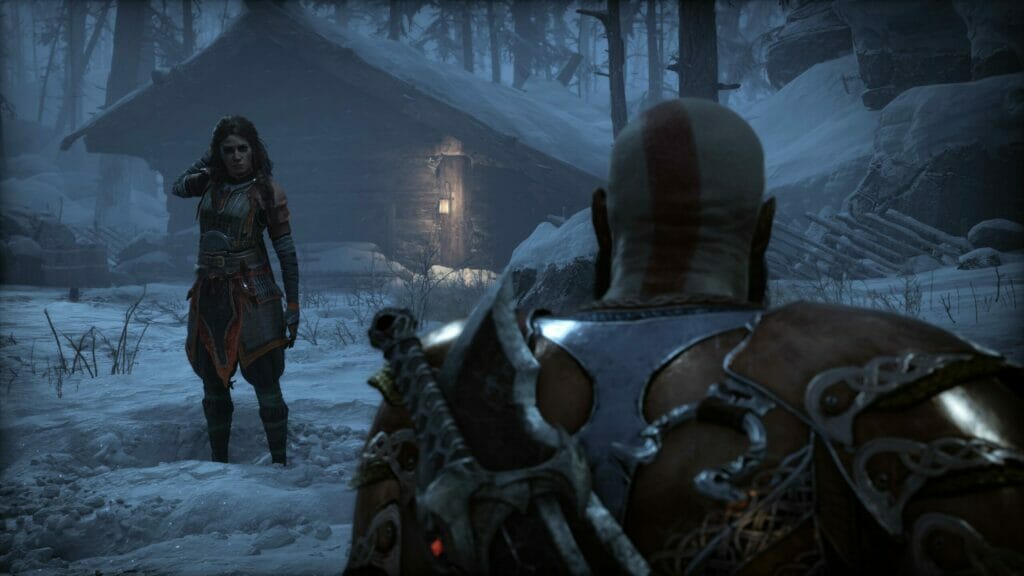
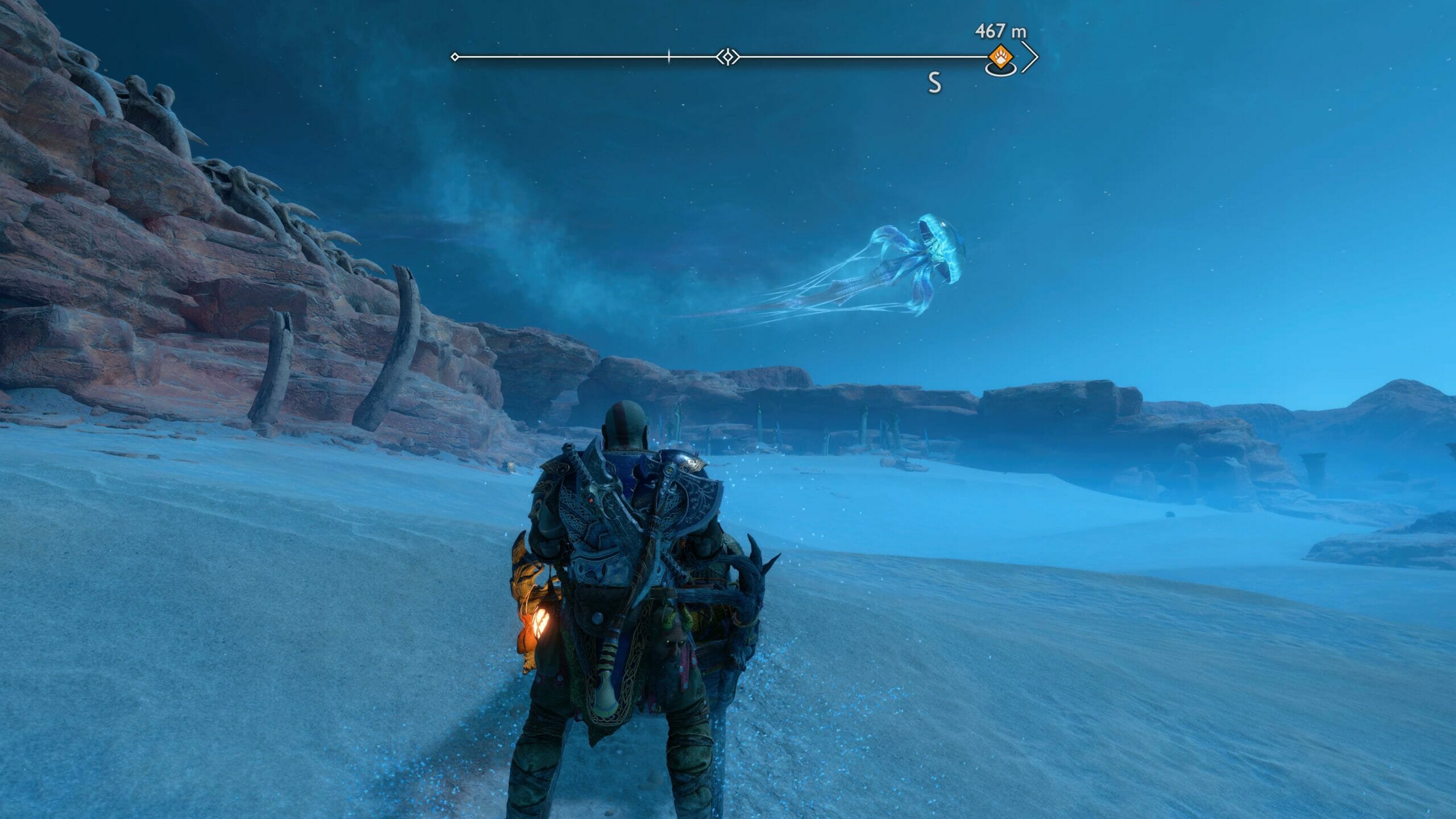
Following the aforementioned sequel trend, God of War Ragnarok also brings back the magic chisel from the first game. It now acts as a key with the capabilities to open magic doors with a simple tap of a button – there is no longer a need for tedious minigames. Similarly, while not entirely gameplay-dependent, the game also features clever nods to how the compass and bifrost have changed. Due to the degrading effects of Fimbulwinter, the developers cleverly explain away all of the upgrades Kratos managed to add to his weapons during his previous adventure. Unlike many other sequels, everything in God of War Ragnarok has a reason and a purpose, nothing is simply brushed off or due to chance. This mixture of storytelling and gameplay extend to the entirety of the experience, and, quite literally, serves as a means to an end for later [more spoilery] gameplay mechanics. Everything has a story to tell, and it just so happens the gameplay does too.
Expanding further upon the many ways in which Kratos can stun and earn “glory kills” on enemies, Santa Monica Studio designed new ways for the Spartan to decapitate, pull apart, or otherwise grossly maim and desecrate enemy bodies – depending on which weapon he has equipped at any given time. Like his shield, entire new animations have been added to compliment his gruesome killing, but he is not the only one. Like Atreus, other companions feature their own skill trees, unique weapons, and cosmetic armour (most of which just so happens to be linked directly to story and narrative progression).
God of War Ragnarok may begin in Midgard, but quickly introduces players to far more exotic realms than any of those visited in the previous game. After Thor and Odin make themselves known to the father/son duo, survival becomes imperative. Thus, figuring out new means of travel between the realms must be explored and, subsequently, used liberally. From the dwarven realm of Svartalfheim and its gaseous bogs, through to Helheim’s permafrost, Vanaheim’s lush rainforest, and even the open plains of New Zealand Asgard; all bare their fruits in more than double the capacity than the first – Midgar’s walking dead reenactment notwithstanding.
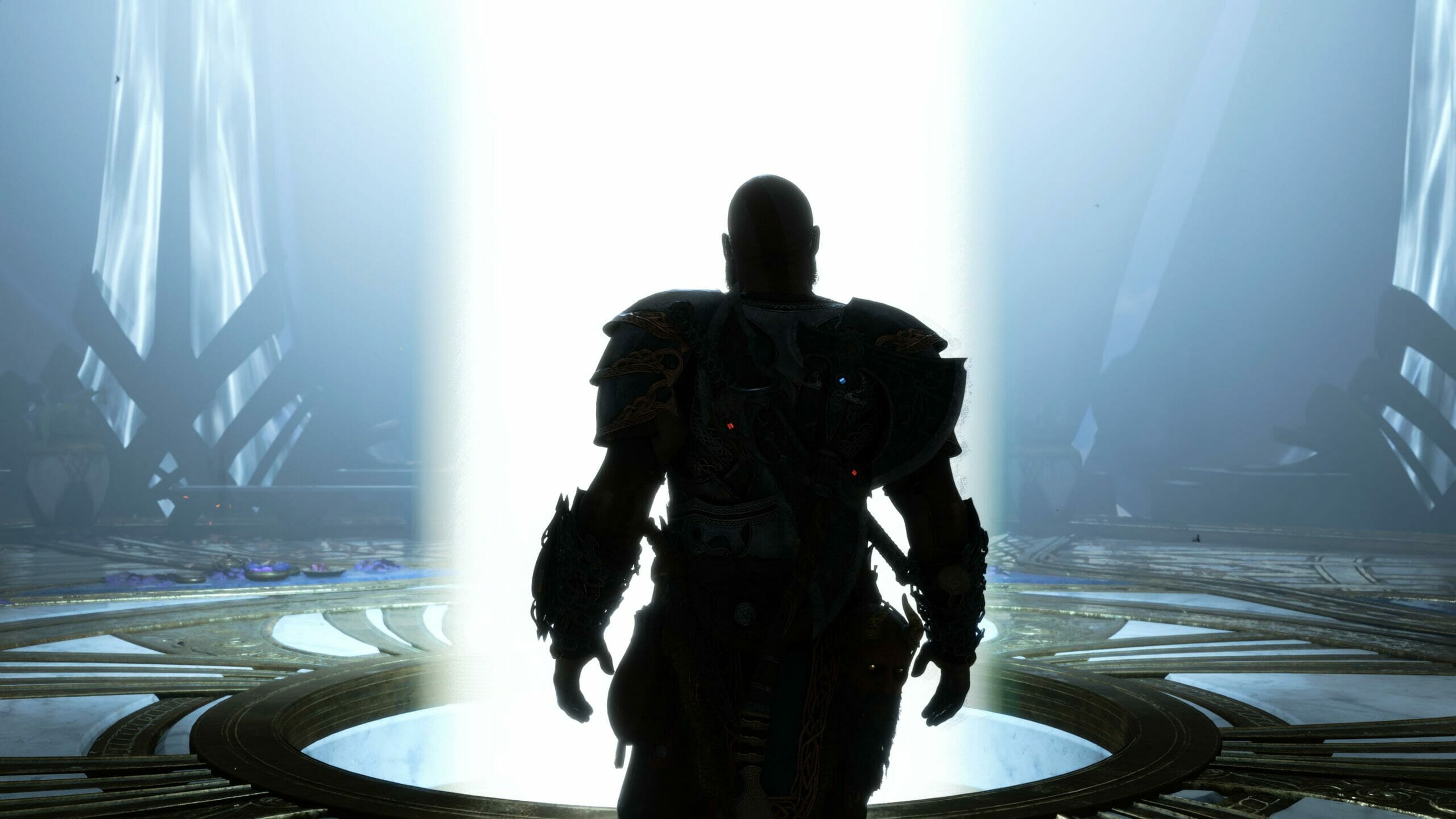
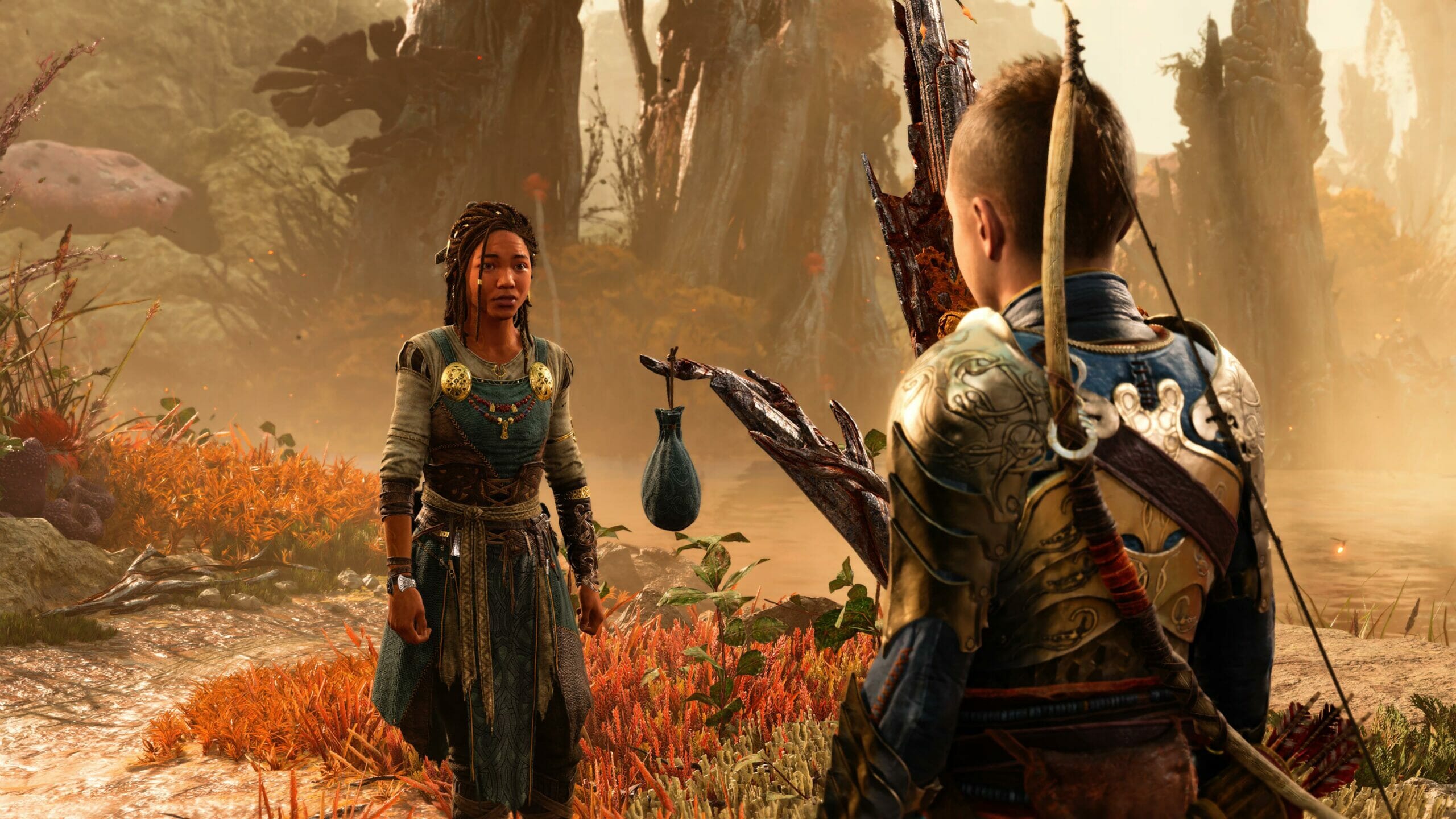
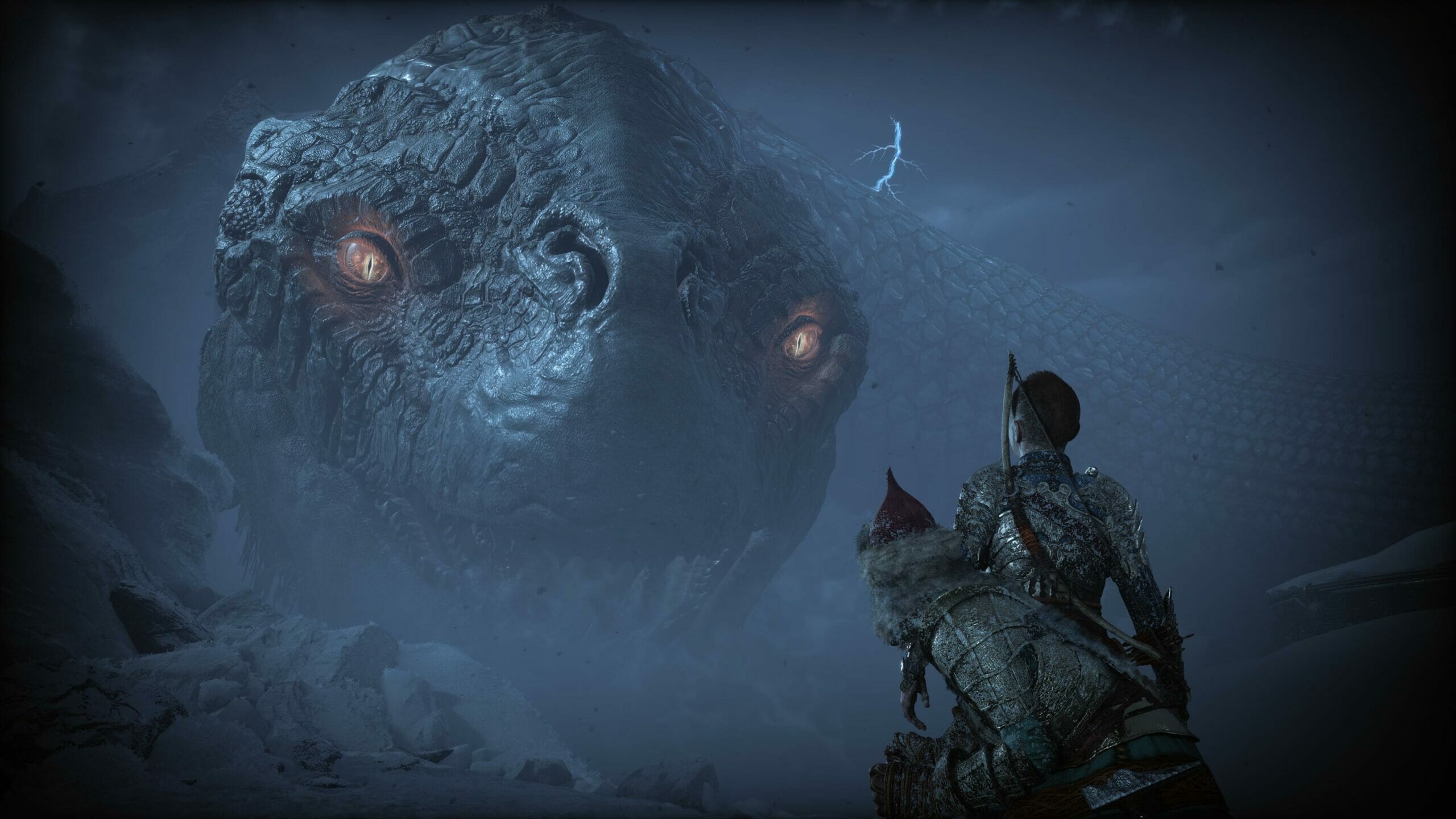
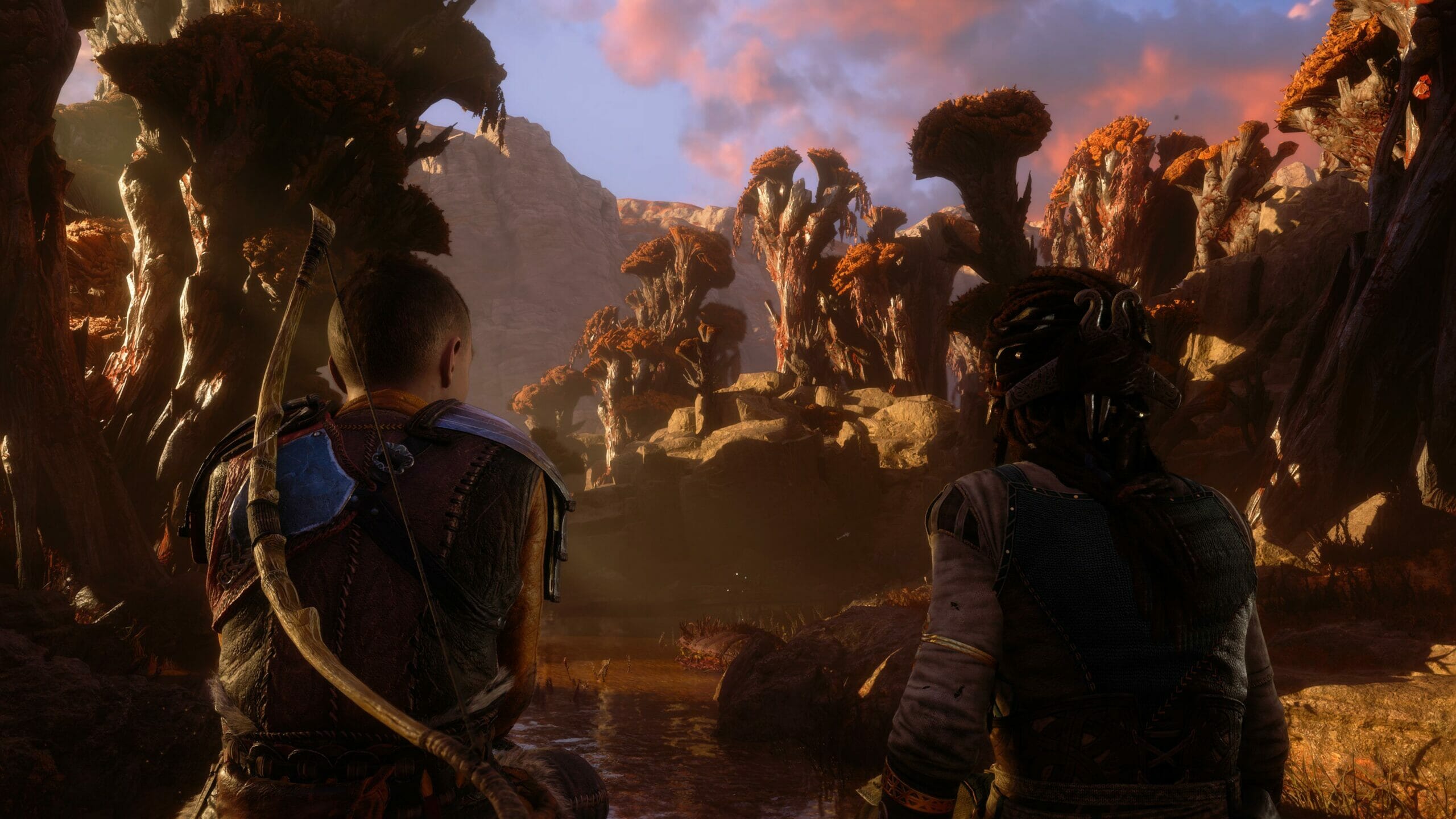
It may come as no surprise how every single scene featured in the game is filled with detail and – once again – story. Visiting Alfheim shows a realm, long decimated by war, in its reborn infancy with the Light Elves controlling the light. The sacred dunes of Alfheim to the north of the Lake of Light are the main area to explore this time around and, even for a desert, are beautiful to behold. It is here where players will ultimately meet the giant jellyfish (and much more) featured in one of the trailers, provided they actually opt into doing some of the side content [called favours and labours] featured in the game. Similarly, visiting the gaseous bogs of Niðavellir (or Svartfalfheim) and arid rocky islands, comes with its own share of side content taking players to some of the most exotic and unexpected locations imaginable. For as beautiful (and violent) as the luscious green rainforest of Vanaheim may be, it must be said how it is the most boring realm of the lot, and even so it still contains hours of content and beautiful vistas.
Traversing said locales has also been simplified and expanded upon. Kratos can now make use of the Blades of Chaos to pull himself to higher ledges, or use them as springboards across ravines and gaps. Similarly, Atreus will use his arrows (along with rope) to cross the same distance in a short time. This added mobility also has utility in combat, where Kratos can use the additional movement to pull off deadly new moves. There is nothing cooler than freezing a mob of enemies by slamming down with the axe after a long jump, or setting particularly nasty enemies on fire just by landing on them and using the blades! Other new modes of transport include using a sled, and a much improved boating mechanic (which, sadly, still does not include the ability to use the axe from the boat).
Perspective puzzles make their return in God of War Ragnarok. Like the previous game, finding the correct angle to cut something down with the Leviathan Axe will become a staple mechanic. This time, however, Santa Monica Studio have upped the ante by introducing the Blades of Chaos into the fold. Beyond using them for mobility, Kratos must often use the blades to pull dangling objects loose, or to move some objects around. This adds an entirely new dynamic to puzzle solving whilst all serving as a way to cleverly increase puzzle difficulty without players even knowing. As companions learn new abilities, these also slowly start to work their way into Kratos’ puzzle solving arsenal. Similarly, players will come across puzzles that simply cannot be solved or pathways requiring new items or abilities Kratos will only obtain later. Thankfully, getting back to these locations is easy enough thanks to clever shortcuts players can open up as they complete side content.
God of War Ragnarok canonically takes place in a world where Kratos and Atreus completed all of the favours and labours of the previous title. Characters speak of the duo defeating all Valkyries, and freeing all dragons featured in God of War (2018). Similarly, tales and lore have been adjusted to include mention of Fafnir and his horde, or Andvari and the ring containing his soul. There are also nods to the many Ancients they have defeated, and the repetitive nature of the trolls and ogres they faced. One labour in particular involves “killing” all of Odin’s ravens, a number of which players have “already dealt with” in the previous game. With that said, all of this is done in good nature and never in a way where someone who opted not to complete those favours would miss out [too much]. It serves as a cool way to round off doing all content in the previous title.
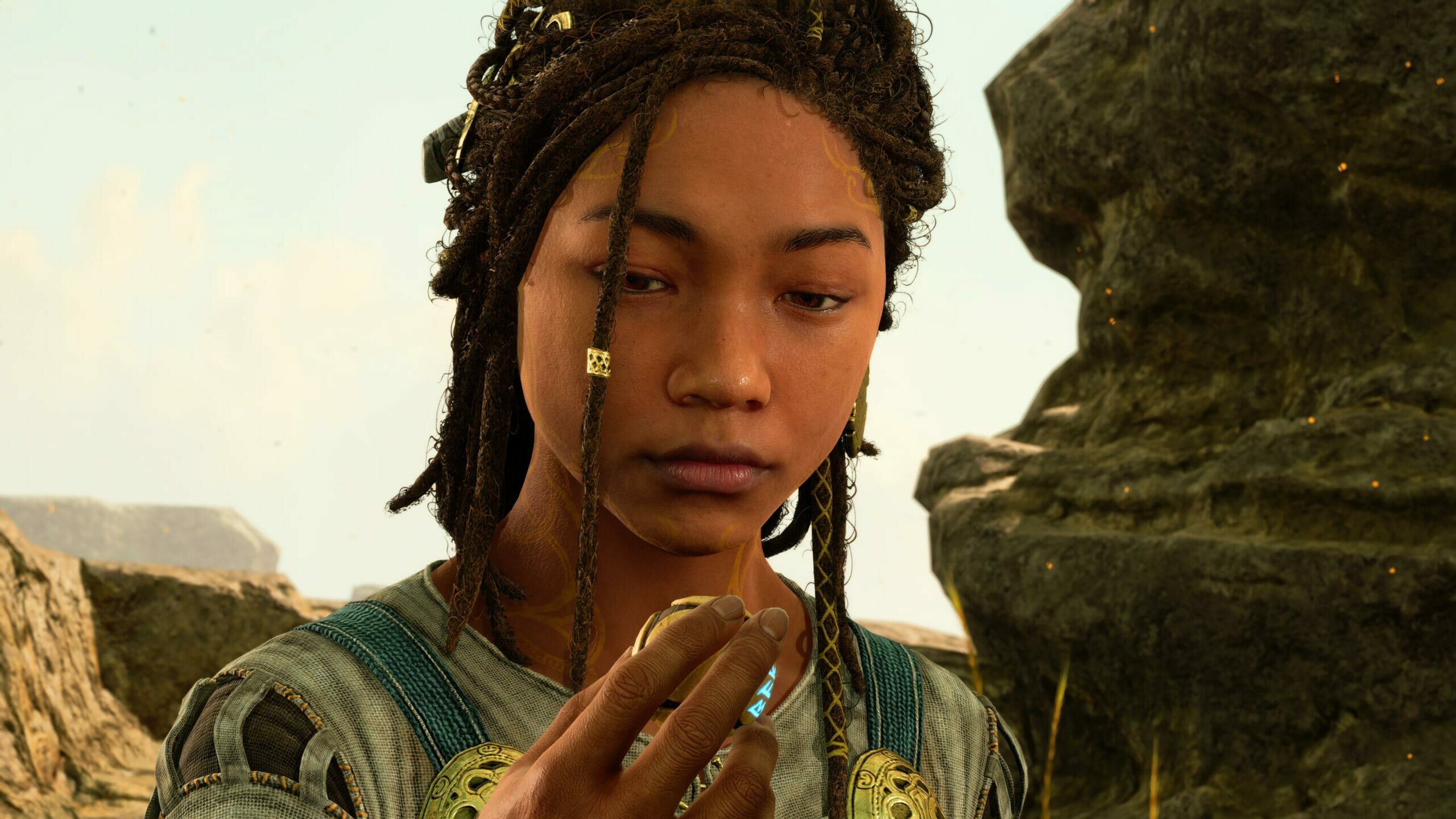
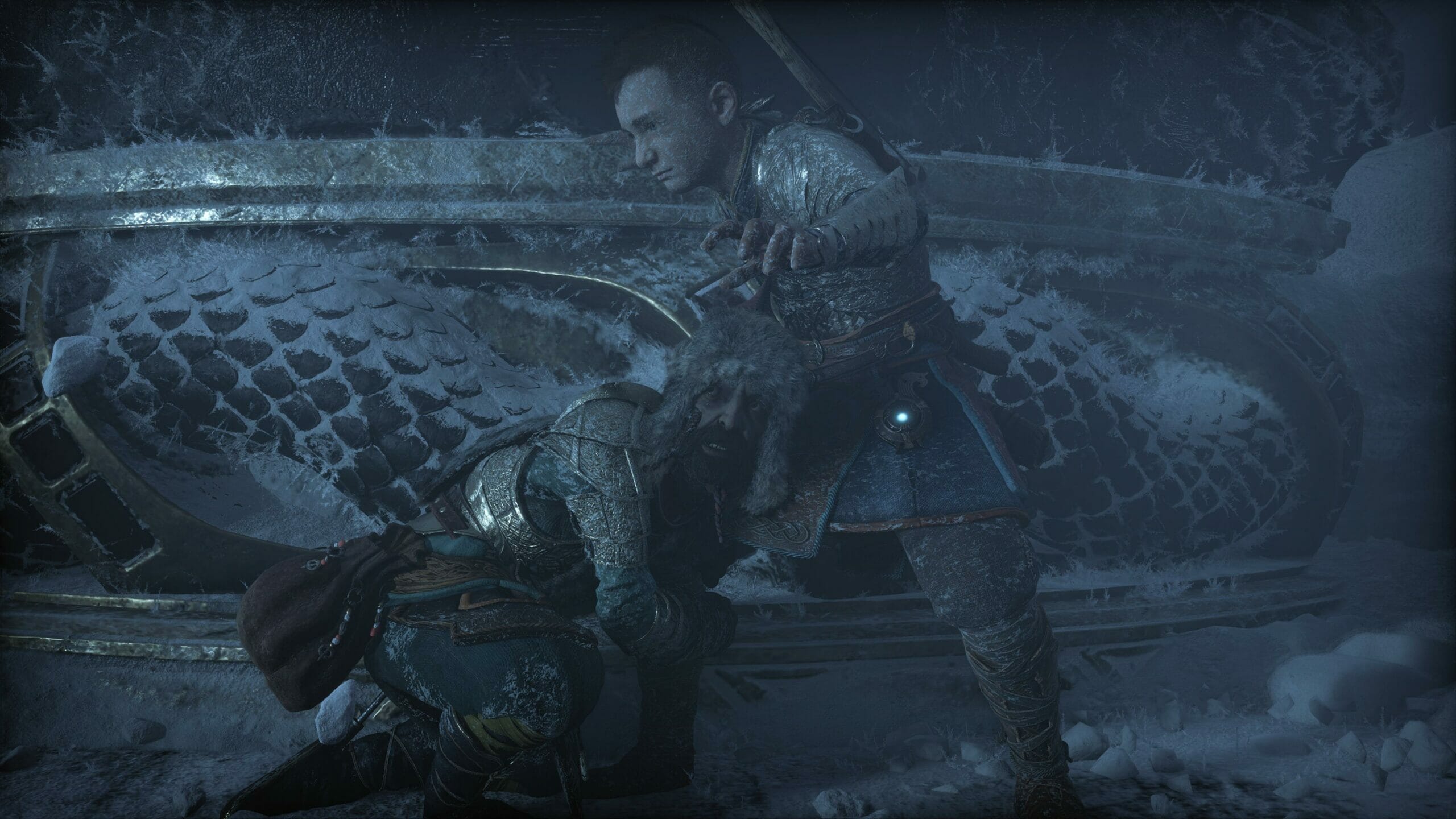
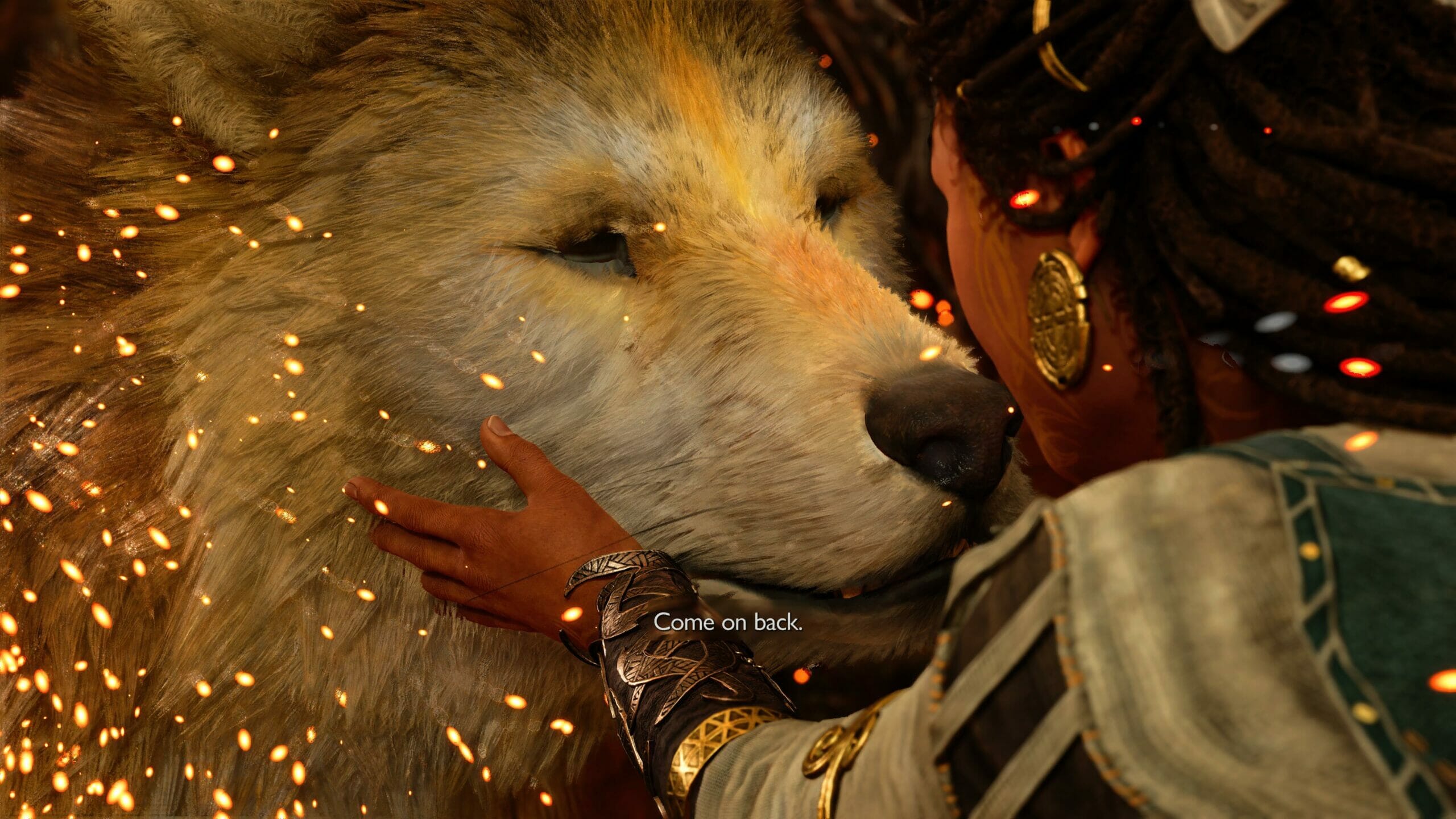
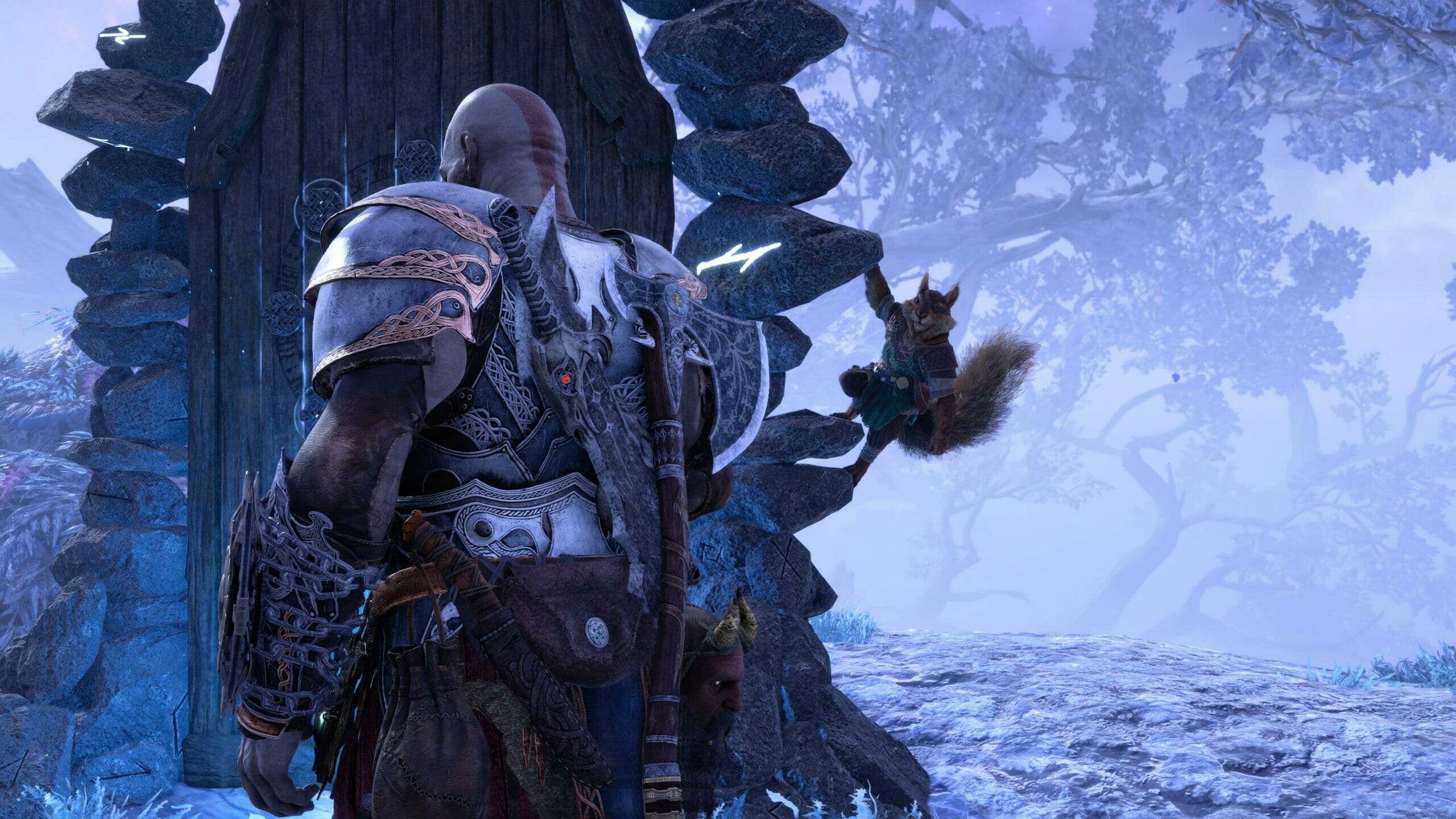
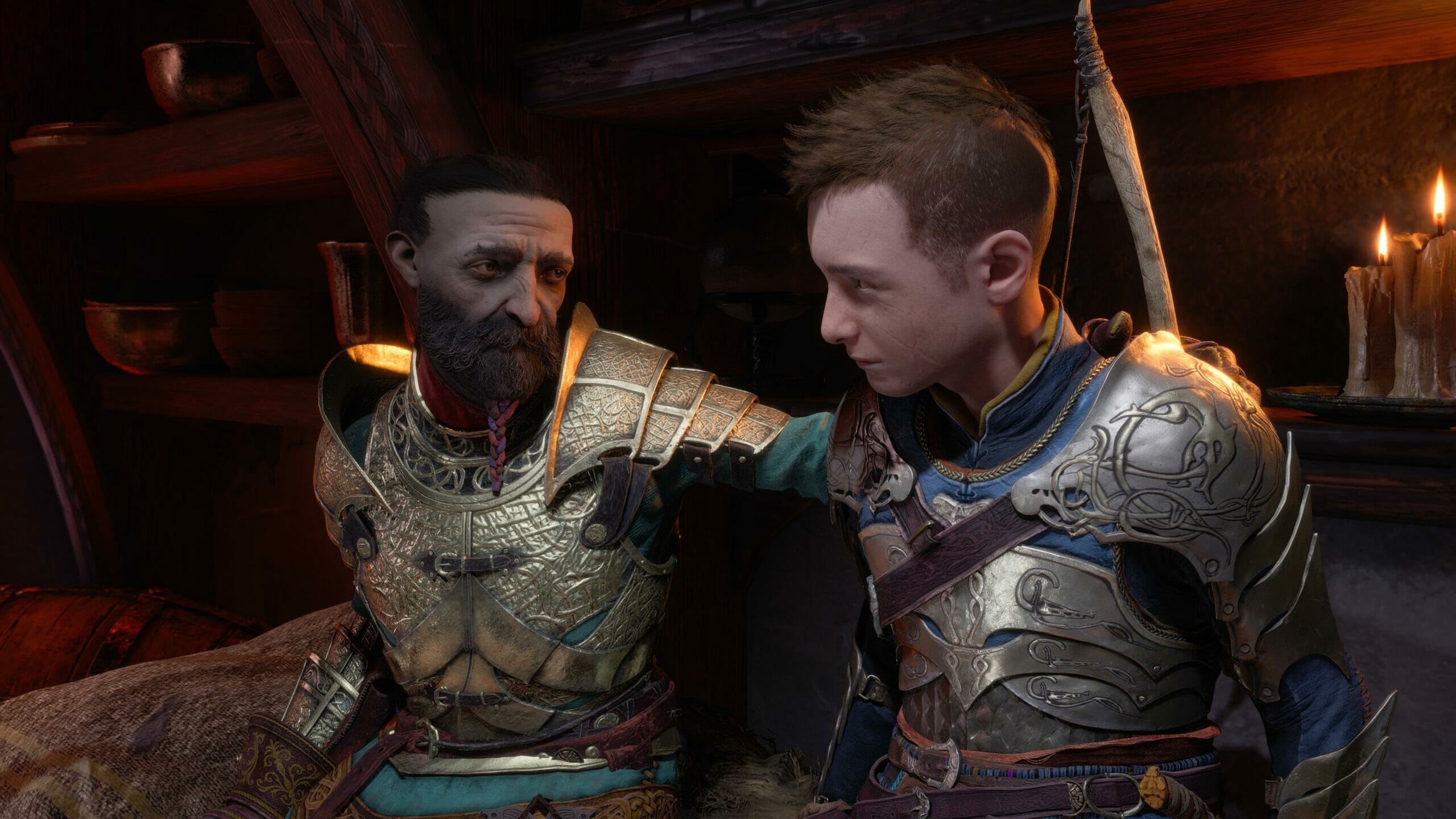
As has become tradition with triple-A Sony PlayStation exclusives, this Dad of Boy Simulator also boasts some of the most extensive accessibility options known to mankind. Booting up God of War Ragnarok for the first time will immediately present players with an entire page of colour-blindness options, motion controls, toggles for the various inputs featured in the game, and more. It truly is a marvel how well some titles have implemented accessibility and this title is no different. It even goes the extra mile to offer motion blur toggles long before the game even starts.
Furthermore, God of War Ragnarok runs exponentially better than its predecessor. After an extensive period of play, and even before a zero-day update was released; no crashes were experienced. Optimisation for Sony’s PlayStation 5 console are clearly a focus too. Given the single-take camera of the game, loading screens are disguised as clever scene transitions. Considering most doors only take Kratos seconds to open, these transitions are never obvious and loading always feels instantaneous. Jumping between realms takes about two seconds for the “Realm between realms” to open up, and a good 30 seconds or so to load into whatever realm players have opted for. This seems like an extremely long time, but traversing the realm between realms has always been filled with chatter between companions, serving as optimal distractions.
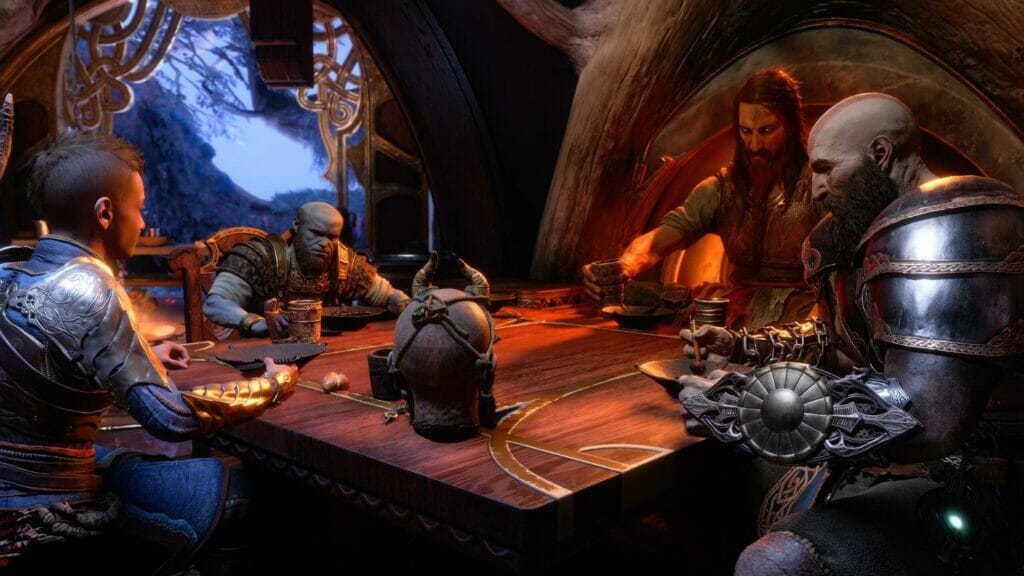
God of War Ragnarok is, by no short means, one of the most fulfilling sequels released within a popular franchise. It beautifully doubles down on everything that made the previous game good, and adds just-enough new content to keep gamers from feeling like everything is a repetitive slog. Characters and story are the clear winners here, with gameplay and level design following on from the previous title in a comfortable and natural way. The way the writers at Santa Monica Studio have implemented narrative for absolutely everything in the game seems magical and unlike any other video game to release since Mass Effect. Furthermore, the way in which traversal has been upgraded feels like a significant addition; truly changes the way the game feels. Locales are open and vast, and visually stunning, while brand-new animations, level design, and beautiful special effects showcase the graphical fidelity of the game spectacularly. God of War Ragnarok is an experience unlike any other, and is truly an exceptional video game.
Verdict:
EXCEPTIONAL
| Pros | Cons |
| Daddy Kratos | Still no boat/axe action |
| Atreus’ growth feels natural and relatable | |
| EVERYTHING has a story to tell |
Title reviewed on Sony PlayStation 5 with code supplied by Sony Interactive Entertainment.
Review Methodology | Ethics Policy
Junior Editor at Vamers. From Superman to Ironman; Bill Rizer to Sam Fisher and everything in-between, Edward loves it all. He is a Bachelor of Arts student and English Major specialising in Language and Literature. He is an avid writer and casual social networker with a flare for all things tech related.





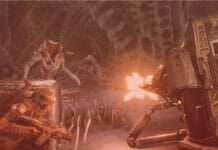



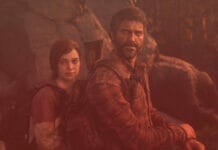





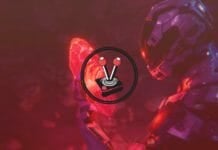
![Razer Kraken V3 Pro Review – Welcome to Boomtown [Redux]](https://vamers.com/wp-content/uploads/2022/07/Vamers-Technology-Razer-Kraken-V3-Pro-Review-Banner-218x150.jpg)
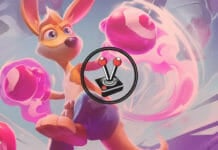
![Razer Kraken V3 Pro Review – Welcome to Boomtown [Redux]](https://vamers.com/wp-content/uploads/2022/07/Vamers-Technology-Razer-Kraken-V3-Pro-Review-Banner-100x70.jpg)

![PlayStation 4 Pro: Impressively Unimpressive [Review]](https://vamers.com/wp-content/uploads/2016/09/Vamers-FYI-Gaming-Sony-reveals-399-PlayStation-4-Pro-with-4K-HDR-Gaming-but-is-it-worth-it-Banner-02.jpg)
![Dead Rising 4: Frank’s Big Package is not a misnomer [Review]](https://vamers.com/wp-content/uploads/2018/01/Vamers-Gaming-Dead-Rising-4-Frank’s-Big-Package-is-worth-the-weight-Review-Banner-100x70.jpg)
